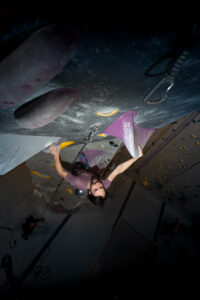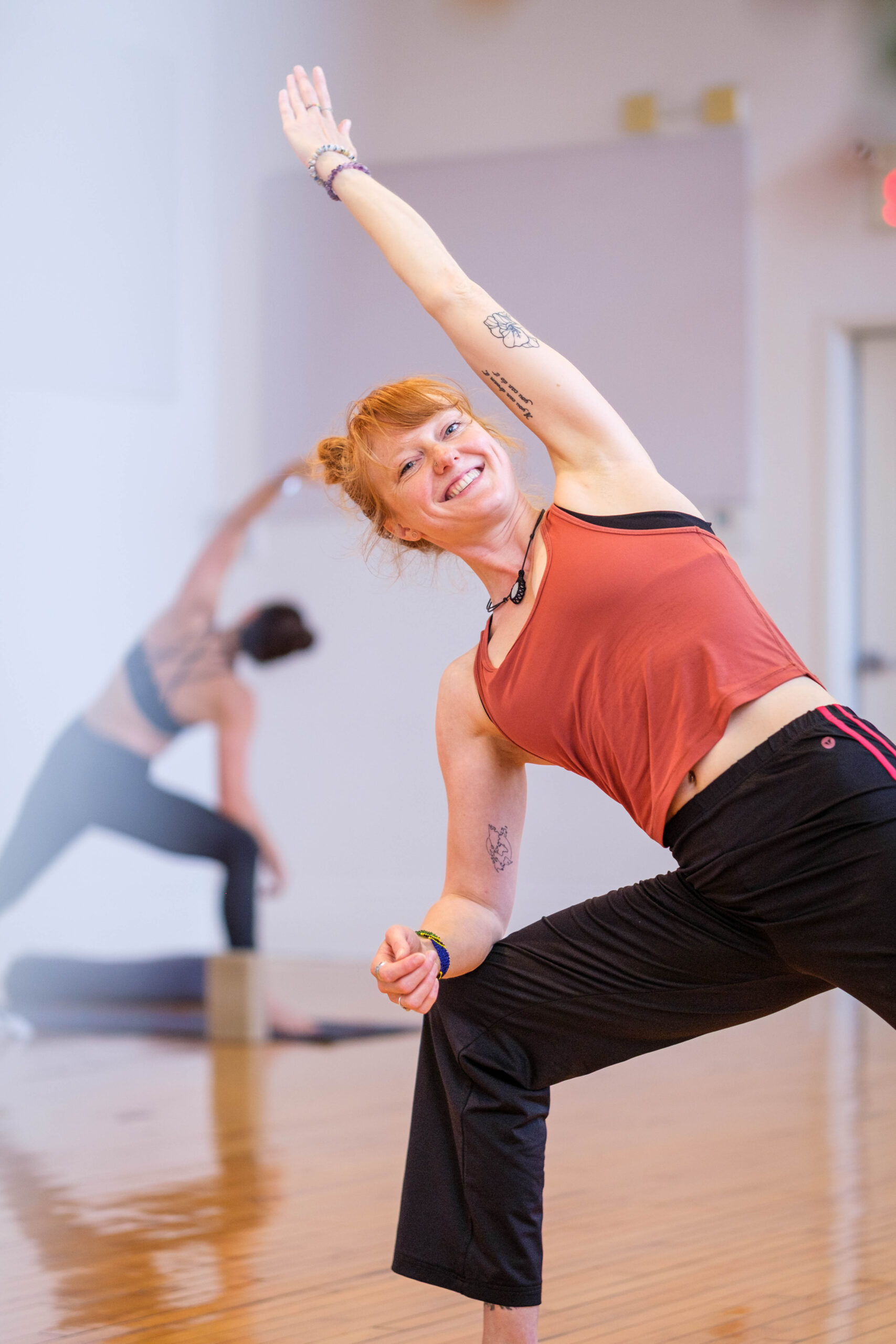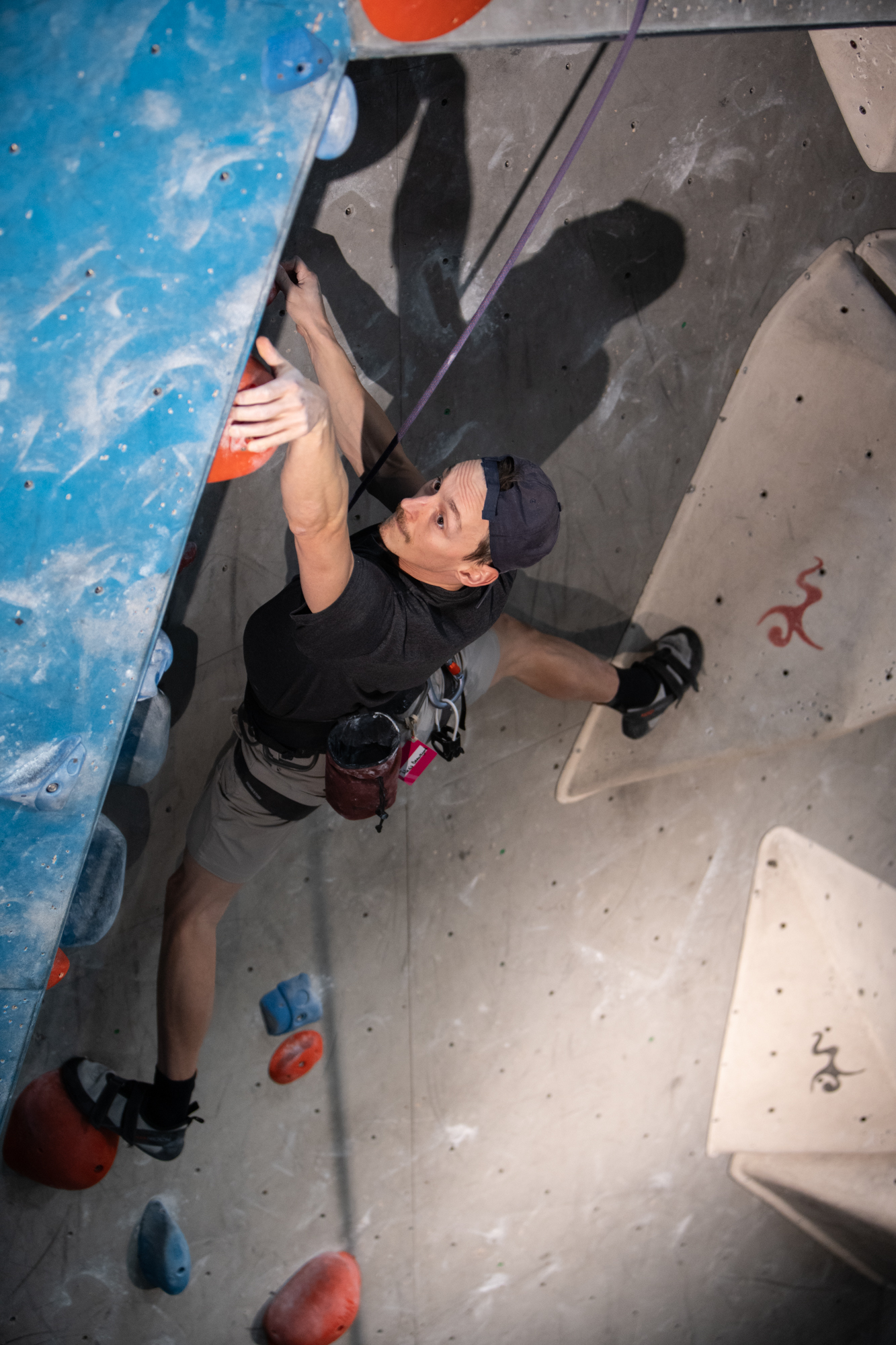When you start climbing, you often imagine that it’s just a physical sport. A matter of strength, endurance and fingers of steel. But you soon discover that climbing is all about problem-solving. Every route is a puzzle, every movement a hypothesis to be tested, a path to the summit to be invented with your body. It’s this blend of physical challenge and mental game that makes the sport so unique… and so addictive.
But let’s face it: when you start out, there’s a lot you don’t know yet. And some of them can be surprising, even frightening. So here are a few thoughts – in all humility – on what I wish I’d known before my first climb.
That fear is part of the game (and it should be)
Whether you’re bouldering or climbing a route, fear is often a factor. Fear of falling, fear of injury, fear of heights… or simply fear of doing it wrong. Sometimes, it’s not so much vertigo that paralyzes us as a lack of confidence in ourselves, or in the other person – that person on the ground who assures us, who holds our lives in their hands. We live with traumas, whether well-founded or unfounded, and that’s valid. No one starts climbing without apprehension.
And yet, climbing encourages us to face these fears head-on. To learn to tame them. And, above all, to talk about them. Because good communication with partners is essential. Naming your fears helps to defuse them. And it creates a strong bond, based on listening and trust.
And once you’ve identified your fears, you can work on them too. You can work on vertigo, for example. Little by little, by trying to fight it, you can get rid of it. Of course, you have to push yourself and get out of your comfort zone. But once you’ve got past that stage, you’re all the stronger for it.
That it’s more than a social sport
Yes, you’re alone on the wall. But you never really climb alone. You climb as part of a team. With the person in charge. With those around us who observe, advise, encourage and laugh with us after an inglorious zip.
Climbing is also about reunions at the gym, improvised outdoor sessions as soon as the sun comes out, roadtrips planned around a topo that ends up being an epic adventure, hours imagining the perfect climbing trip and evenings telling friends about it once it’s been lived. It’s a community. And for many, it’s a way of life that ends up creeping into every corner of daily life.
Checking is cool: the lifesaving reflex
If I’d known from the outset the vital importance of mutual verification, I might have avoided a lot of cold sweat.
Before each climb, we check the climber’s harnesses, figure-of-eight knot and partner’s belay system. We also check the equipment: is the rope in good condition? Does the helmet fit properly? Do we have the same vocabulary? What do I usually do in the event of a fall, when I’m at the top of the route?
And we check together. It’s not a beginner’s gesture, it’s a responsible climber’s reflex.
The boulder and the track are two different worlds
Many start out bouldering, others on routes. The two practices are complementary but very different.
Bouldering is shorter, it is climbed without a rope, using mats on the ground. It allows you to work on power, technique and intuition.
Route is longer and requires a rope, a belay partner and often more stamina and mental strength.
Jumping from one to the other can be destabilizing at first. But learning to navigate between the two enriches your practice enormously, especially from a technical and performance point of view. Bouldering can enable us to work on difficult movements at low heights, while the route can help us work on endurance.
Common mistakes… and stubborn habits
You learn a lot in climbing… sometimes from your mistakes.
Among the classics:
- Climbing without warming up fingers and shoulders (and regretting it).
- Tense up instead of breathing.
- Climb from the front instead of rotating your hips.
- Confusing the failure of a movement with the failure of my life
- Don’t take a break
The problem isn’t getting it wrong – it’s getting into bad habits. A word of advice? Take the time to learn the right moves, even if it takes longer at first. And don’t underestimate the advice of a coach, an experienced friend or a structured course (like Progression or Gesture 101).
No two places are alike
At Zéro Gravité, all top-roping routes are equipped with rollers at the top of the walls to make a friction turn, i.e. we add an extra turn in the rope to add friction and slow the effect of the fall. It’s very effective and, above all, perfect for reducing the weight difference in a duo.
While this reduces the risk of falling, you still need to be vigilant. If you’re accustomed to climbing in this way, take a look at our competitors to see the difference. Especially if you’re planning to go outdoors. You’ll be amazed the first time!
In conclusion: learn, share, climb
Climbing has taught me a lot. About myself, about others, about patience, fear, the feeling of satisfaction when I’ve succeeded in a move after ten attempts.
And if I had to sum it all up in one piece of advice: dare to ask questions. Dare to say you don’t know. Dare to talk about what worries you. You’ll see that no one climbs without falling, that everyone has been scared, and that the climbing community is often much more caring than you might think.
So gear up, rope up, and enjoy the view.
– Agathe de Barochez






